14 Fascinating Facts about Coyote 2024 (Must Read)
The coyote, also known by its scientific name Canis latrans, is a canine species that are indigenous to North America. It is a very adaptable species that can survive in a variety of settings, including deserts, grasslands, and cities. Coyotes are omnivorous and feed on a wide range of foods, including small mammals, birds, insects, fruits, and carrion. They are known for their yipping and howling vocalisations, and are sometimes referred to as “song dogs.” Coyotes have a complex social structure and are often solitary or live in small family groups. They are also known for their cunning and resourcefulness, which has earned them a reputation as a trickster in many Native American cultures.
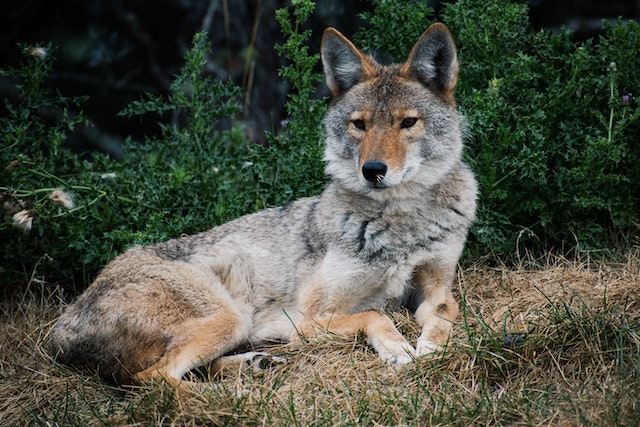
Basic Coyote Facts
Name
Canis latrans is the coyote’s scientific name.
Scientific Classification
The Coyote’s scientific classification is as follows:
- Kingdom: Animalia
- Phylum: Chordata
- Class: Mammalia
- Order: Carnivora
- Family: Canidae
- Genus: Canis
- Species: latrans
Latin Name
Canis latrans is the coyote’s scientific name in Latin.
Appearance (Physical Characteristics)
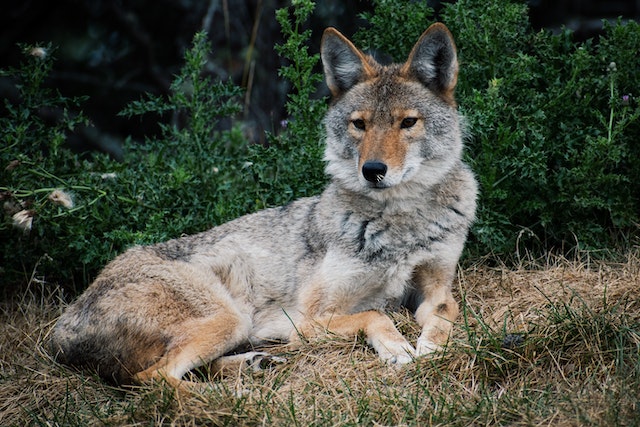
Coyotes have a distinctive appearance that sets them apart from other canine species. They are generally medium-sized, weighing between 15 and 45 pounds, with a long, slender body and a bushy tail. Their fur is typically greyish-brown or reddish-brown, with a lighter underbelly and dark-tipped guard hairs. Coyotes have pointed muzzles, erect ears, and yellow eyes that reflect light at night. They have sharp claws and powerful legs, which allow them to run up to 40 miles per hour and jump up to 4 feet high. Coyotes are often mistaken for their larger cousin, the gray wolf, but can be distinguished by their smaller size, lighter build, and narrower snout.
Size and Weight
Male coyotes are normally larger than females and are medium-sized canids. They typically weigh between 15 to 45 pounds (7 to 20 kilograms) and stand 21 to 26 inches (53 to 66 centimetres) at the shoulder. Their total length, including their bushy tail, ranges from 40 to 60 inches (102 to 152 centimetres). Coyotes found in the northern regions of their range tend to be larger in size than those in the southern regions.
Habitat and Range
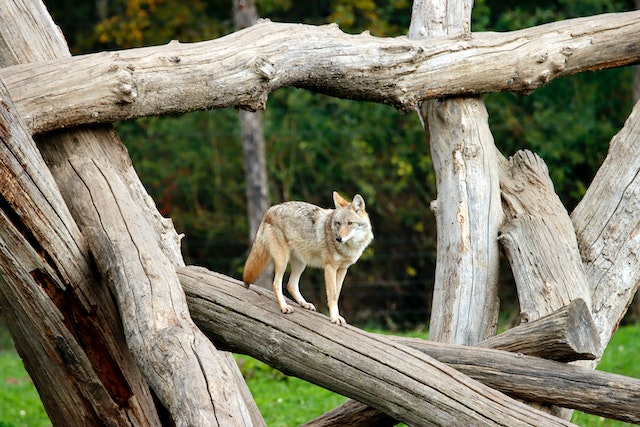
Coyotes are a widespread species found throughout North America, ranging from Panama in the south to Alaska in the north. Coyotes are a multipurpose breed of canine that are indigenous to North America and are known technically as Canis latrans. They are renowned for their flexibility and can survive in many different settings, including woods, grasslands, deserts, and even cities. However, they face challenges such as habitat loss and fragmentation that can disrupt their social behavior and make it challenging to find food and mates. Despite these challenges, coyotes are resourceful animals and have successfully adapted to changing environments, expanding their range in recent years.
Diet
Coyotes have an omnivorous diet that varies depending on the availability of food in their habitat and the season. The diet of coyotes primarily consists of small mammals like rodents and rabbits, birds, insects, fruits, and carrion. This diverse diet allows them to survive in different habitats, and they are even known to scavenge for human waste in urban areas. These adaptable animals are also opportunistic scavengers and will forage for food from human sources like garbage cans and pet food. Coyotes are skilled hunters and rely on their sharp senses, intelligence, and agility to catch prey. They may also hunt cooperatively in groups to take down larger prey, though this behavior is relatively rare. The coyote can live in a variety of habitats thanks to their versatile and flexible diet.
Life Expectancy
In the wild, coyotes generally have a lifespan of around 5-6 years, although those in captivity can live up to 15 years or more. The main causes of mortality for coyotes in the wild include predation, accidents, disease, or starvation during harsh winters when food is scarce. However, some coyotes have been known to live longer in protected areas with fewer human threats and predators. Other factors such as habitat quality, food availability, and competition with other coyotes or predators can also impact coyote lifespan.
Fun facts about Cayote
1. Coyotes are a Distinct Species in the Canid Family –
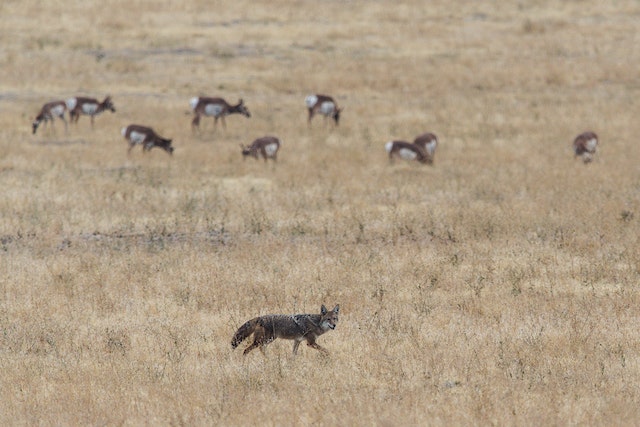
Despite their resemblance to wolves and dogs, coyotes are a unique species in the canid family. They have their scientific name (Canis latrans) and distinct physical and behavioral characteristics.
2. Coyotes are Social Animals –
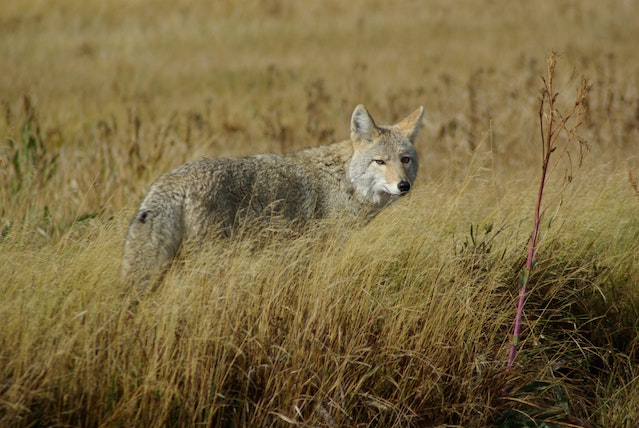
Contrary to popular belief, coyotes are social animals that form tight-knit family groups known as packs. Usually, a mated partner and their progeny from prior years make up these packs.
3. Coyotes are Highly Adaptable –
Coyotes are one of the most adaptable animals on the planet and can survive in a wide range of environments, including deserts, forests, and even urban areas.
4. Coyotes have an Incredible Sense of Smell –
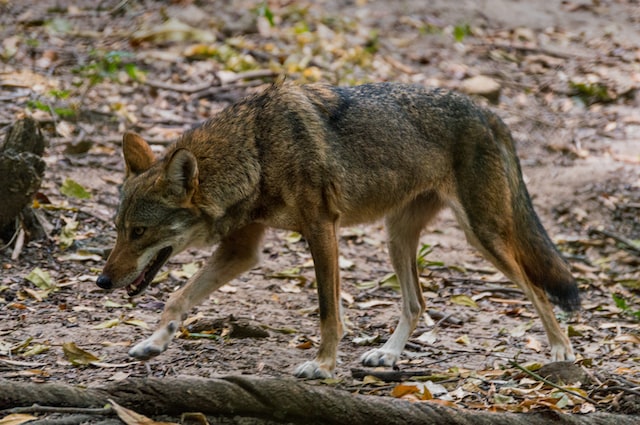
Coyotes have a keen sense of smell and are capable of smelling things two kilometers away. They use this sense to locate prey, avoid predators and communicate with other coyotes.
5. Coyotes Communicate Using a Range of Vocalizations –
While their howls are perhaps the most well-known, coyotes use a range of vocalizations to communicate with each other, including yips, barks, and growls.
6. Coyotes are Monogamous and Share Parental Responsibilities –
Coyotes are monogamous animals that mate for life. Both parents share in the care of their young, which are born in litters of up to 12 pups.
7. Coyotes are Opportunistic Eaters –
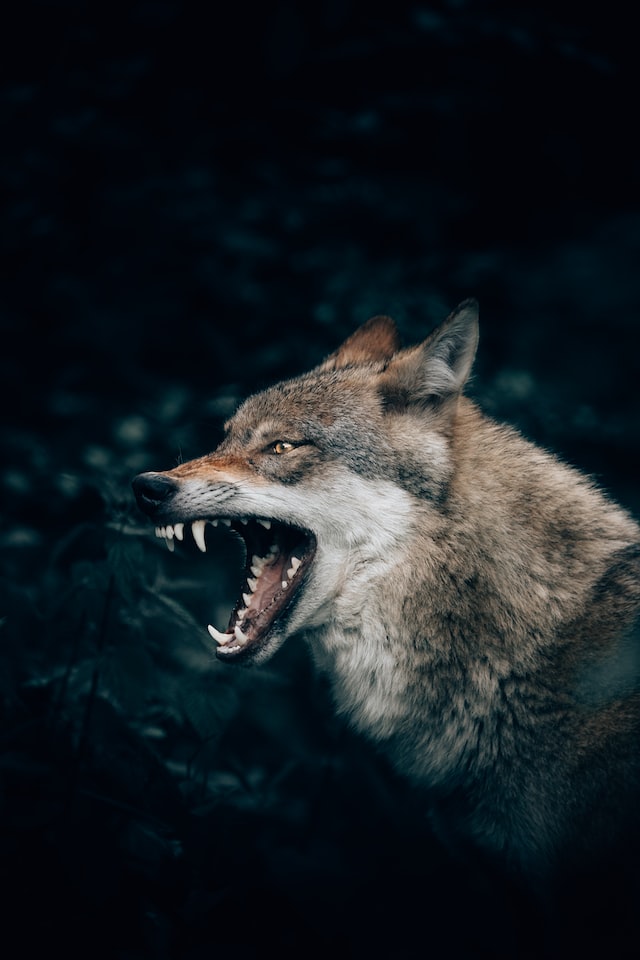
Coyotes are not picky eaters and will consume a wide range of foods, including insects, fruits, small mammals, and carrion. They are also known to hunt larger prey like deer and domestic livestock when the opportunity arises.
8. Coyotes have Excellent Hearing –
In addition to their sense of smell, coyotes have excellent hearing and can detect sounds at frequencies beyond the range of human hearing.
9. Coyotes are Fast Runners –
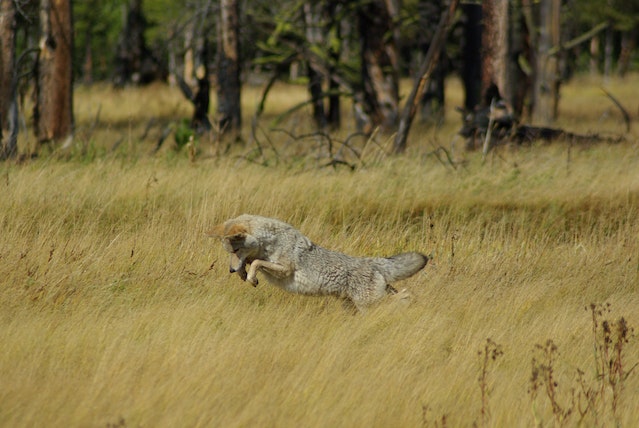
Coyotes are incredibly fast runners, with the ability to reach speeds of up to 40 miles per hour. This makes them effective hunters and helps them to evade predators.
10. Coyotes are Intelligent and Resourceful –
Coyotes are known for their intelligence and resourcefulness and can adapt their behavior to changing circumstances and environments. They are also skilled problem-solvers and can navigate complex social dynamics.
11. Coyotes are Revered in Native American Mythology –
Coyotes have played an important role in the mythology and folklore of many Native American tribes, where they are often revered as symbols of cunning and adaptability.
12. Coyotes have Expanded their Range Significantly –
Coyotes have expanded their range significantly in recent years and are now found throughout much of North and Central America. Their versatility and capacity to thrive in a variety of settings contribute to this spread.
13. Coyotes Help Control Rodent Populations –
Coyotes are important predators of rodents, which can cause significant damage to crops and other vegetation. By preying on rodents, coyotes help to control their populations and minimize their impact on the environment.
14. Coyotes Play a Role in Seed Dispersal –

Coyotes also play a role in seed dispersal, as they consume fruits and other plant materials and then excrete the undigested seeds in their feces. This helps to distribute seeds over a wider area and promotes the growth of new plants.
Conclusion
In conclusion, the coyote is a highly adaptable and intelligent species that has successfully adapted to various environments across North America. Their omnivorous diet, complex social structure, and distinct vocalizations make them an intriguing animals to study and observe. Coyotes serve a crucial part in the environment as both predators and scavengers, even though they are sometimes seen as nuisances or hazards to livestock. As human development continues to encroach on their habitat, it is important to understand and respect these fascinating creatures to ensure their continued survival.
